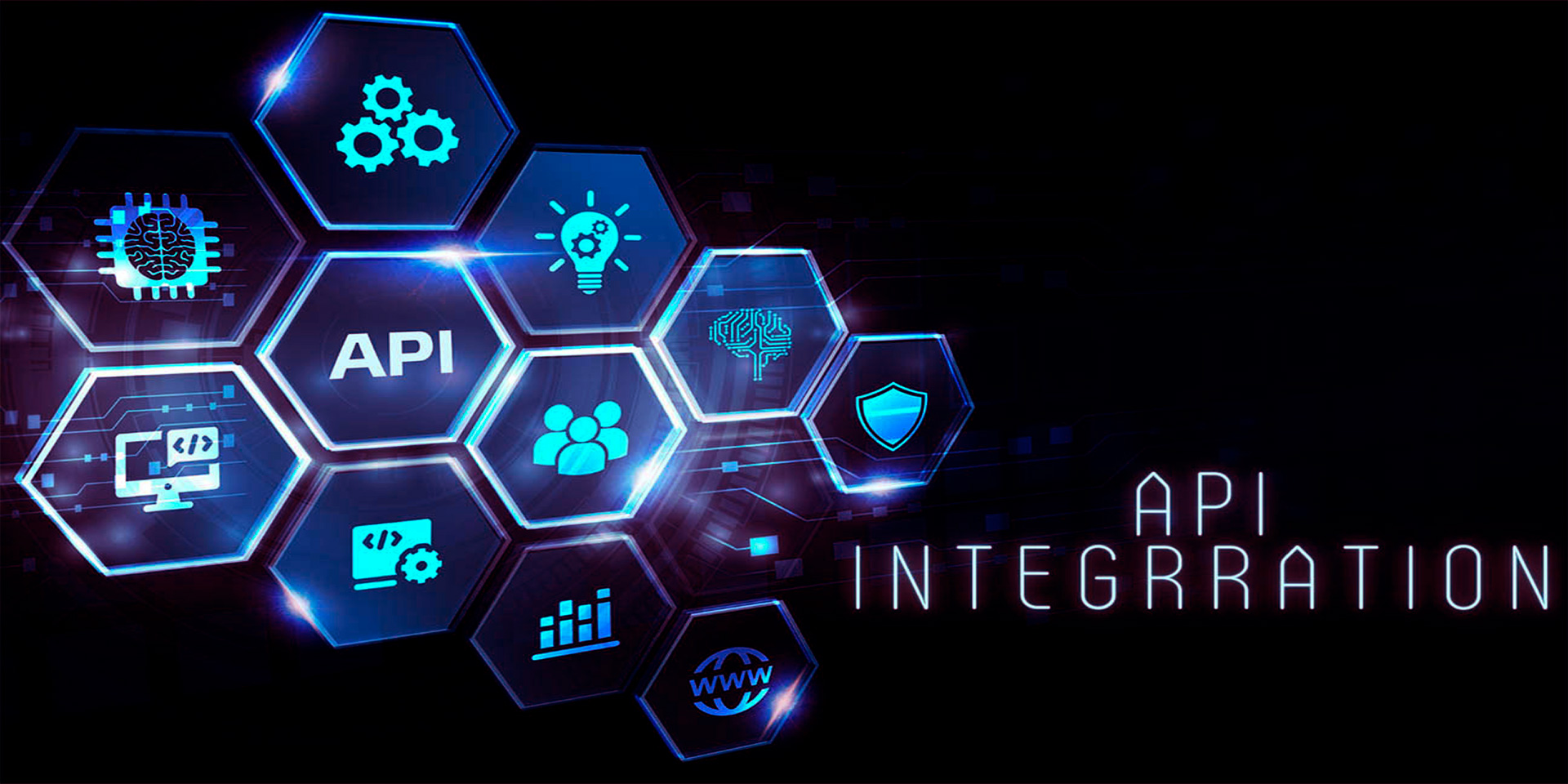Web development is a constantly evolving field, driven by technological advancements and changing user expectations. As we look to the future, it’s essential to understand the trends and predictions that will shape the industry over the next decade. This article explores the future of web development and offers insights on how to stay ahead in this dynamic landscape.
Emerging Trends in Web Development
Several key trends are set to revolutionize web development in the coming years. Staying informed about these trends will help developers and businesses prepare for the future.
1. Progressive Web Apps (PWAs)
Progressive Web Apps combine the best of web and mobile apps, offering a seamless, fast, and reliable user experience. PWAs can work offline, load quickly, and provide native app-like features without requiring installation from an app store.
PWAs are expected to become more prevalent as they offer improved user engagement, better performance, and lower development costs compared to traditional mobile apps.
2. Artificial Intelligence and Machine Learning
Artificial Intelligence (AI) and Machine Learning (ML) are transforming web development by enabling personalized user experiences, automating tasks, and improving analytics. AI-powered chatbots, recommendation engines, and predictive analytics are becoming standard features on modern websites.
Incorporating AI and ML into web development will enhance user interactions and streamline business operations, leading to more intelligent and responsive applications.
3. Voice Search and Conversational Interfaces
With the rise of smart speakers and voice-activated assistants, voice search and conversational interfaces are becoming increasingly important. Websites will need to optimize for voice search and integrate conversational interfaces to stay relevant.
Voice user interfaces (VUIs) will enhance accessibility and provide a more natural way for users to interact with websites, making it crucial for developers to adapt to this trend.
4. WebAssembly
WebAssembly (Wasm) is a binary instruction format that allows high-performance execution of code on web pages. It enables developers to write code in multiple languages, including C, C++, and Rust, and run it at near-native speed.
WebAssembly will enable more complex and resource-intensive applications to run smoothly in the browser, expanding the possibilities for web development.
5. Single Page Applications (SPAs)
Single Page Applications provide a seamless user experience by loading content dynamically without refreshing the entire page. SPAs use frameworks like React, Angular, and Vue.js to create fast and responsive web applications.
The popularity of SPAs is expected to grow as they offer better performance, enhanced user experience, and easier development and maintenance.
6. Serverless Architecture
Serverless architecture allows developers to build and run applications without managing server infrastructure. Services like AWS Lambda, Google Cloud Functions, and Azure Functions handle the server-side logic, enabling developers to focus on code and business logic.
Serverless architecture offers scalability, cost-efficiency, and faster time-to-market, making it a valuable trend for future web development.
7. Enhanced Cybersecurity Measures
As cyber threats become more sophisticated, the need for robust cybersecurity measures in web development is paramount. Implementing advanced security protocols, encryption, and continuous monitoring will be critical to protecting user data and maintaining trust.
Future web development will prioritize security by design, integrating comprehensive security measures from the ground up.
8. Motion UI
Motion UI involves the use of animations and transitions to enhance user experience. It adds an interactive and engaging layer to websites, making them more visually appealing and easier to navigate.
As users expect more dynamic and immersive experiences, motion UI will become a standard practice in web design.

Predictions for the Next Decade
Looking ahead, several predictions outline how web development will continue to evolve and impact the industry.
1. Increased Use of Augmented Reality (AR) and Virtual Reality (VR)
AR and VR technologies will become more integrated into web development, providing immersive experiences for users. From virtual shopping to interactive learning environments, AR and VR will revolutionize how users interact with the web.
Developers will need to learn AR and VR development skills to create these immersive experiences, leveraging frameworks and tools designed for web integration.
2. Growth of the Internet of Things (IoT)
The proliferation of IoT devices will create new opportunities for web development. Websites and applications will need to communicate seamlessly with various connected devices, enabling real-time data exchange and control.
IoT integration will drive innovation in web development, requiring developers to understand and implement IoT protocols and standards.
3. Adoption of Blockchain Technology
Blockchain technology will play a significant role in enhancing security, transparency, and trust in web applications. From secure transactions to decentralized applications (dApps), blockchain will become a critical component of future web development.
Developers will need to gain expertise in blockchain platforms and smart contract development to leverage these benefits.
4. Evolution of Web Development Frameworks
Web development frameworks will continue to evolve, offering more powerful tools and features to streamline development. New frameworks and updates to existing ones will focus on performance, scalability, and developer productivity.
Staying updated with the latest frameworks and best practices will be essential for developers to remain competitive.
5. Greater Emphasis on Accessibility and Inclusivity
Web accessibility will become a top priority, ensuring that websites are usable by everyone, including individuals with disabilities. Legal requirements and growing awareness will drive the adoption of accessibility standards.
Developers will need to incorporate accessibility best practices into their workflows to create inclusive digital experiences.
6. Increased Focus on Performance Optimization
With the growing complexity of web applications, performance optimization will be crucial. Techniques such as code splitting, lazy loading, and progressive loading will become standard practices to ensure fast and responsive websites.
Performance optimization will enhance user experience and improve search engine rankings, making it a key focus area for developers.
7. Rise of Low-Code and No-Code Platforms
Low-code and no-code platforms will democratize web development, allowing non-developers to create websites and applications with minimal coding knowledge. These platforms will accelerate development timelines and reduce costs.
Developers will need to adapt by learning to integrate and extend these platforms, providing custom solutions where needed.
8. Personalized Web Experiences
Personalization will become more sophisticated, using AI and data analytics to tailor web experiences to individual users. From personalized content recommendations to dynamic user interfaces, personalization will drive engagement and retention.
Developers will need to implement personalization strategies that respect user privacy while delivering relevant experiences.

How to Stay Ahead in Web Development
To thrive in the future of web development, staying ahead of trends and continuously improving skills is essential.
1. Continuous Learning and Skill Development
Stay updated with the latest technologies, frameworks, and best practices by participating in online courses, attending conferences, and engaging with the developer community.
Commit to lifelong learning to keep pace with the rapidly evolving web development landscape.
2. Embrace Innovation
Be open to experimenting with new tools, techniques, and approaches. Embracing innovation will help you stay competitive and deliver cutting-edge solutions.
Innovation fosters creativity and helps you find unique solutions to complex problems.
3. Focus on User Experience
Prioritize user experience in all aspects of web development. Understand user needs and behaviors to create intuitive, accessible, and engaging websites.
A user-centric approach ensures that your solutions meet user expectations and drive satisfaction.
4. Build a Strong Professional Network
Connect with other developers, join professional organizations, and participate in industry events. A strong network can provide support, inspiration, and collaboration opportunities.
Networking opens doors to new opportunities and helps you stay informed about industry trends.
5. Stay Agile and Adaptable
The web development industry is dynamic, requiring agility and adaptability. Be ready to pivot and adapt to new trends and technologies as they emerge.
Flexibility allows you to respond quickly to changes and maintain a competitive edge.
Conclusion
The future of web development promises exciting advancements and opportunities. By understanding emerging trends such as PWAs, AI, voice search, WebAssembly, SPAs, serverless architecture, enhanced cybersecurity, and motion UI, and by preparing for predictions like AR/VR integration, IoT growth, blockchain adoption, evolving frameworks, accessibility, performance optimization, low-code platforms, and personalized experiences, developers can stay ahead in this rapidly changing field. Embrace continuous learning, innovation, user-centric design, networking, and adaptability to thrive in the future of web development and deliver exceptional digital experiences.



